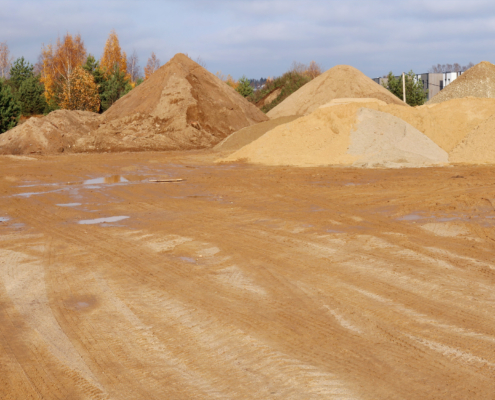 https://pontotocsandandstone.com/wp-content/uploads/2025/06/How-to-Choose-Between-Uncoated-and-Resin-Coated-Frac-Sand-for-Your-Operations.jpg
1250
2000
AbstraktMarketing
/wp-content/uploads/2021/08/Pontotoc-White-Logo.png
AbstraktMarketing2025-06-26 13:10:012026-01-06 16:15:56How to Choose Between Uncoated and Resin-Coated Frac Sand for Your Operations
https://pontotocsandandstone.com/wp-content/uploads/2025/06/How-to-Choose-Between-Uncoated-and-Resin-Coated-Frac-Sand-for-Your-Operations.jpg
1250
2000
AbstraktMarketing
/wp-content/uploads/2021/08/Pontotoc-White-Logo.png
AbstraktMarketing2025-06-26 13:10:012026-01-06 16:15:56How to Choose Between Uncoated and Resin-Coated Frac Sand for Your OperationsHow Frac Sand Storage Affects the Quality and Efficiency of Your Fracing Operations
Frac sand props open fractures deep in the ground, allowing oil and gas to flow to the surface. But to do its job effectively, frac sand has to arrive at the wellsite in the right condition: clean, dry, and uncompromised. That all starts with how it’s stored.
Frac sand storage might seem like a small detail in a massive operation, but getting it wrong can have serious consequences. Moisture, contamination, and improper handling can reduce sand performance, create operational delays, and lead to costly do-overs. In this blog, we’ll break down why frac sand storage matters, what can go wrong, and how to do it right.
Why Frac Sand Storage Matters More Than You Think
When you’re planning a fracing operation, your focus is probably on flow rates, pressures, and completion timing. But your sand can’t perform if it’s been sitting in the rain or picking up dust from open-air piles. Storage is the first step in making sure the proppant you paid for actually works when it’s pumped underground.
Frac Sand Quality Impacts Operational Success
Frac sand must meet very specific criteria: It needs to be a certain size, shape, and strength, and it also needs to be free from moisture, debris, and contaminants. Poor storage introduces variables that directly affect all these specs. When frac sand is exposed to the elements or stored improperly, it can:
- Absorb moisture and clump together
- Break down or degrade
- Mix with other materials that lower its purity
- Lose uniformity in particle size
Each of these issues reduces the sand’s effectiveness during fracing. And once it’s compromised, you can’t just dry it off and reuse it. You either replace it or risk an inefficient frac job.
The Risks of Improper Frac Sand Storage
Bad storage is a problem that shows up as lost time, unexpected costs, and underperforming wells.
Moisture is the Enemy
Moisture is one of the biggest threats to frac sand integrity. Even slight humidity can lead to clumping, and a full-on rain event can render a load of sand unusable. Wet sand can clog up your equipment, disrupt your pumping schedule, and even lead to screen-outs or well damage. Moisture also reduces the sand’s weight accuracy. You may think you’re loading 50 tons of proppant when you’re actually hauling around 5 tons of water weight. That impacts everything from logistics planning to cost forecasting. Proper sand moisture control is key here.
Contamination Kills Consistency
Frac sand that sits uncovered or is moved without proper handling can pick up dirt, clay, or even bits of other sand types. This contamination affects sphericity, conductivity, and pumpability. Sand that doesn’t meet spec can lead to early equipment wear or uneven fracture development, both of which hurt your return on investment.
Degradation From Excess Handling
Every time sand is moved, from storage pile to loader to silo, it’s exposed to wear. Excessive handling without the right equipment causes sand to break down into smaller particles or fines. These fines don’t prop open fractures. Instead, they settle in tight spots, blocking flowback and reducing production rates.
Best Practices for Effective Frac Sand Storage
Getting frac sand storage right isn’t complicated, but it does require intention and consistency. Let’s walk through a few methods that protect your investment and keep operations on track.
Use Covered Storage
Simple sheds or enclosed silos go a long way in preventing weather-related issues. Covered storage protects sand from rain, wind, and sun exposure. Whether you’re storing sand for a few days or a few weeks, keeping it dry and clean is essential.
Some operations even go a step further by using temperature-controlled environments or moisture-barrier liners to reduce the risk of dampness during long-term storage.
Monitor Moisture Levels
Even with a covered space, humidity can creep in. That’s why it helps to actively monitor moisture content using sensors or manual testing. This helps ensure the sand you’re loading into your blender is actually dry and ready for use.
If you catch a moisture issue early, you can redirect that load for drying or make operational adjustments before it becomes a bigger problem at the wellsite.
Limit Sand Movement
The more you move sand, the more you risk degrading it. Use equipment designed for smooth, controlled handling, such as conveyors with low drop points or enclosed pneumatic systems. Avoid dumping and scooping whenever possible, as these can break down grains and increase dust levels.
Also, reduce the number of transfers. Ideally, sand should go from mine storage directly to a delivery trailer or railcar, then into on-site silos without additional stops.
At Pontotoc Sand & Stone, we understand that frac sand quality starts long before it reaches the wellsite. That’s why our frac sand storage systems are designed to preserve purity, dryness, and consistency at every step.
The Long-Term Cost of Overlooking Frac Sand Storage
At first glance, it might feel like cutting corners on storage saves money. But over time, those small hits to efficiency, quality, and uptime really add up.
- You’ll spend more on emergency logistics.
- You’ll lose out on production from subpar fractures.
- You’ll pay more for equipment repairs and maintenance.
On the flip side, investing in solid frac sand storage and handling practices leads to smoother operations, better well performance, and a more predictable budget.
Source High-Quality, Well-Kept Frac Sand at Pontotoc Sand & Stone
Frac sand storage plays a bigger role in your success than most people realize. When sand is stored and handled correctly, you avoid delays, maintain quality, and protect your bottom line. At Pontotoc Sand & Stone, our focus on clean, dry storage and rapid loading helps you keep projects on track from day one. Our processes are built for efficiency, safety, and quality control, because we know every second and every grain of sand counts. Contact Pontotoc today and let’s keep your crew moving and your wells performing at their peak.
Share This Post
More Like This
 https://pontotocsandandstone.com/wp-content/uploads/2025/06/How-to-Choose-Between-Uncoated-and-Resin-Coated-Frac-Sand-for-Your-Operations.jpg
1250
2000
AbstraktMarketing
/wp-content/uploads/2021/08/Pontotoc-White-Logo.png
AbstraktMarketing2025-06-26 13:10:012026-01-06 16:15:56How to Choose Between Uncoated and Resin-Coated Frac Sand for Your Operations
https://pontotocsandandstone.com/wp-content/uploads/2025/06/How-to-Choose-Between-Uncoated-and-Resin-Coated-Frac-Sand-for-Your-Operations.jpg
1250
2000
AbstraktMarketing
/wp-content/uploads/2021/08/Pontotoc-White-Logo.png
AbstraktMarketing2025-06-26 13:10:012026-01-06 16:15:56How to Choose Between Uncoated and Resin-Coated Frac Sand for Your Operations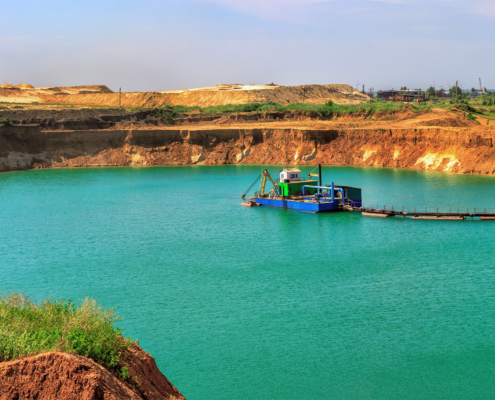 https://pontotocsandandstone.com/wp-content/uploads/2025/05/Reasons-Why-Locally-Sourced-Frac-Sand-Saves-You-Time-and-Money.jpg
1250
2000
AbstraktMarketing
/wp-content/uploads/2021/08/Pontotoc-White-Logo.png
AbstraktMarketing2025-05-29 18:31:122026-01-06 16:15:57Reasons Why Locally-Sourced Frac Sand Saves You Money and Time
https://pontotocsandandstone.com/wp-content/uploads/2025/05/Reasons-Why-Locally-Sourced-Frac-Sand-Saves-You-Time-and-Money.jpg
1250
2000
AbstraktMarketing
/wp-content/uploads/2021/08/Pontotoc-White-Logo.png
AbstraktMarketing2025-05-29 18:31:122026-01-06 16:15:57Reasons Why Locally-Sourced Frac Sand Saves You Money and Time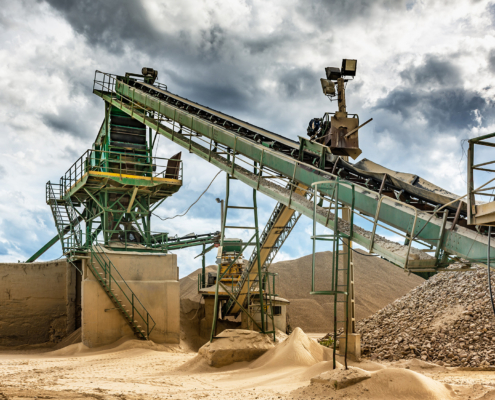 https://pontotocsandandstone.com/wp-content/uploads/2025/05/How-to-Balance-Performance-with-Environmental-Responsibility.jpg
1250
2000
AbstraktMarketing
/wp-content/uploads/2021/08/Pontotoc-White-Logo.png
AbstraktMarketing2025-05-29 18:25:382026-01-06 16:15:58The Role of Frac Sand in Tight Oil Reservoirs: Key Considerations
https://pontotocsandandstone.com/wp-content/uploads/2025/05/How-to-Balance-Performance-with-Environmental-Responsibility.jpg
1250
2000
AbstraktMarketing
/wp-content/uploads/2021/08/Pontotoc-White-Logo.png
AbstraktMarketing2025-05-29 18:25:382026-01-06 16:15:58The Role of Frac Sand in Tight Oil Reservoirs: Key Considerations https://pontotocsandandstone.com/wp-content/uploads/2025/05/The-Role-of-Frac-Sand-in-Tight-Oil-Reservoirs-Key-Considerations.jpg
1250
2000
AbstraktMarketing
/wp-content/uploads/2021/08/Pontotoc-White-Logo.png
AbstraktMarketing2025-05-22 13:20:582026-01-06 16:15:59The Role of Frac Sand in Tight Oil Reservoirs: Key Considerations
https://pontotocsandandstone.com/wp-content/uploads/2025/05/The-Role-of-Frac-Sand-in-Tight-Oil-Reservoirs-Key-Considerations.jpg
1250
2000
AbstraktMarketing
/wp-content/uploads/2021/08/Pontotoc-White-Logo.png
AbstraktMarketing2025-05-22 13:20:582026-01-06 16:15:59The Role of Frac Sand in Tight Oil Reservoirs: Key Considerations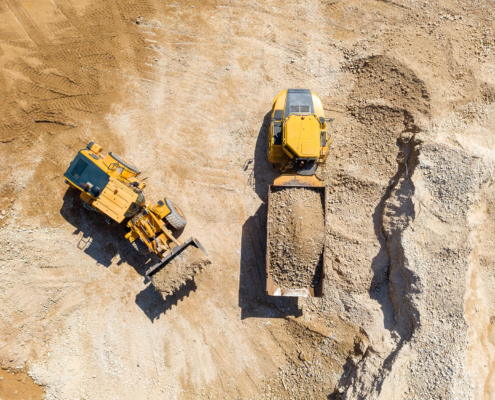 https://pontotocsandandstone.com/wp-content/uploads/2025/05/Frac-Sand-101_-Everything-You-Need-to-Know-Before-Buying.jpg
1250
2000
AbstraktMarketing
/wp-content/uploads/2021/08/Pontotoc-White-Logo.png
AbstraktMarketing2025-05-01 19:15:102026-01-06 16:16:00Frac Sand 101: Everything You Need to Know Before Buying
https://pontotocsandandstone.com/wp-content/uploads/2025/05/Frac-Sand-101_-Everything-You-Need-to-Know-Before-Buying.jpg
1250
2000
AbstraktMarketing
/wp-content/uploads/2021/08/Pontotoc-White-Logo.png
AbstraktMarketing2025-05-01 19:15:102026-01-06 16:16:00Frac Sand 101: Everything You Need to Know Before Buying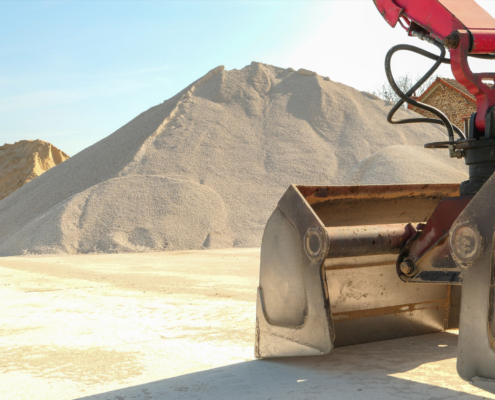 https://pontotocsandandstone.com/wp-content/uploads/2025/04/The-Role-of-Fracing-Efficiency-in-Maintaining-Your-Operations.jpg
1250
2000
AbstraktMarketing
/wp-content/uploads/2021/08/Pontotoc-White-Logo.png
AbstraktMarketing2025-04-03 12:13:132026-01-06 16:16:01The Role of Fracing Efficiency in Maintaining Your Operations
https://pontotocsandandstone.com/wp-content/uploads/2025/04/The-Role-of-Fracing-Efficiency-in-Maintaining-Your-Operations.jpg
1250
2000
AbstraktMarketing
/wp-content/uploads/2021/08/Pontotoc-White-Logo.png
AbstraktMarketing2025-04-03 12:13:132026-01-06 16:16:01The Role of Fracing Efficiency in Maintaining Your Operations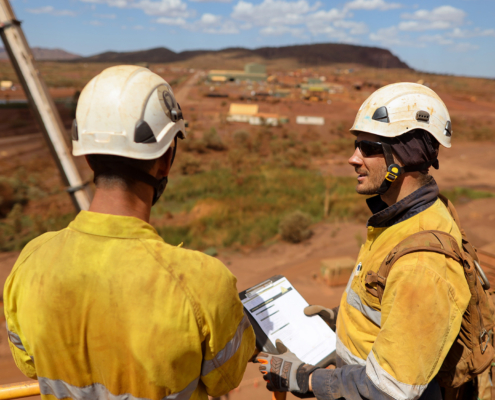
The Complete Frac Sand Supplier Checklist: Your Guide to Evaluating Potential Partners
Tier 1 Frac Sand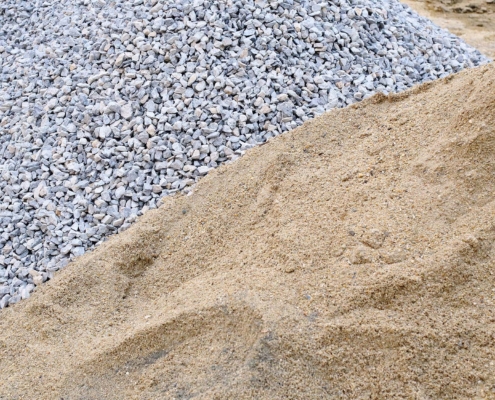 https://pontotocsandandstone.com/wp-content/uploads/2025/02/Side-view-piles-sand-and-gravel-for-construction.jpg
1250
2000
AbstraktMarketing
/wp-content/uploads/2021/08/Pontotoc-White-Logo.png
AbstraktMarketing2025-02-20 19:23:182026-01-06 16:16:03Why Partnering with a Reliable Frac Sand Supplier is Critical for Your Success
https://pontotocsandandstone.com/wp-content/uploads/2025/02/Side-view-piles-sand-and-gravel-for-construction.jpg
1250
2000
AbstraktMarketing
/wp-content/uploads/2021/08/Pontotoc-White-Logo.png
AbstraktMarketing2025-02-20 19:23:182026-01-06 16:16:03Why Partnering with a Reliable Frac Sand Supplier is Critical for Your Success https://pontotocsandandstone.com/wp-content/uploads/2025/02/Texture-of-the-sand.-Background-Industrial-sand-for-construction-works.jpg
1250
2000
AbstraktMarketing
/wp-content/uploads/2021/08/Pontotoc-White-Logo.png
AbstraktMarketing2025-02-20 19:15:522026-01-06 16:16:04Common Mistakes During Frac Sand Purchasing
https://pontotocsandandstone.com/wp-content/uploads/2025/02/Texture-of-the-sand.-Background-Industrial-sand-for-construction-works.jpg
1250
2000
AbstraktMarketing
/wp-content/uploads/2021/08/Pontotoc-White-Logo.png
AbstraktMarketing2025-02-20 19:15:522026-01-06 16:16:04Common Mistakes During Frac Sand Purchasing